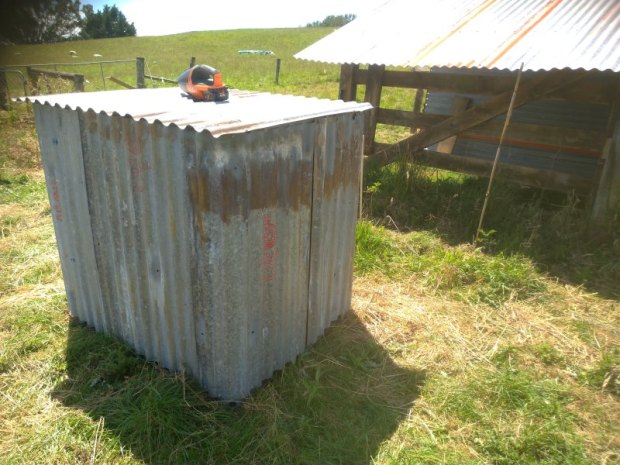
The Gentle Art of Linen Care: A Homesteading Guide to Natural Preservation
For those of us drawn to the slow, deliberate rhythms of homesteading, there's a deep satisfaction in caring for the things we own. From nurturing our gardens to mending our clothes, we understand the value of mindful stewardship. And when it comes to textiles, linen holds a special place. Its durability, breathability, and timeless beauty make it a treasured staple in any home, but especially one rooted in sustainable living. However, to truly appreciate and preserve linen, understanding its unique needs is paramount. This isn't about harsh chemicals or wasteful practices; it's about nurturing this beautiful fabric with natural methods that honor its origins and extend its life for generations to come.
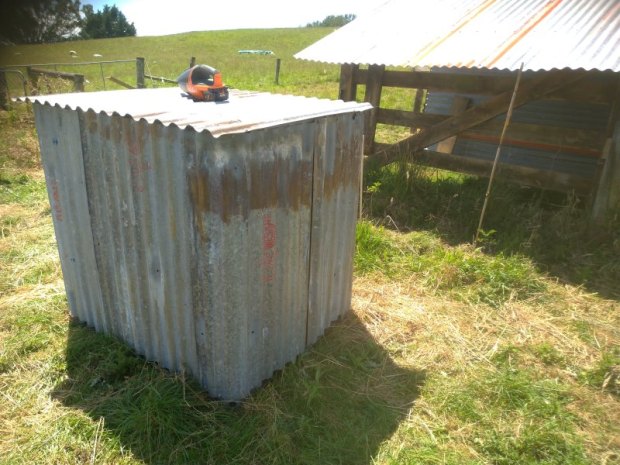
Sun-dried linen sheets, gently swaying in the breeze, perfectly embody the beauty of natural linen care.
In this post, we'll explore the gentle art of linen care, embracing eco-friendly and sustainable living principles to keep your linens looking and feeling their best. Forget the harsh chemicals and embrace a zero-waste approach to linen preservation on your homestead. We'll cover everything from natural stain removal for linens to eco-friendly laundry practices, ensuring your cherished textiles endure beautifully.
Taming the Toughest Stains: Natural Remedies for Linen
Life on the homestead is rarely pristine, and our linens inevitably bear the marks of our daily adventures. But fear not! Many common household ingredients offer powerful, natural solutions for stain removal for linens.
Lemon Juice: A natural bleaching agent, lemon juice is fantastic for lightening stains on white or light-colored linens. For a sun-powered boost, apply lemon juice directly to the stain, then lay the linen item in direct sunlight. The sun's rays intensify the lemon's bleaching action. Be cautious using this on colored linens as it can fade the dye.
To use: Combine equal parts lemon juice and water. Apply directly to the stain. Gently blot, and then let it sit for about 30 minutes before washing.
Baking Soda: This versatile powder is a natural deodorizer and mild abrasive, perfect for tackling grease and dirt. Create a paste with water and apply it to the stain. Allow the paste to dry completely before brushing it off and washing the linen.
To use: Mix baking soda with a small amount of water to form a paste. Apply generously to the stain, let dry, and then brush away the residue before washing.
Vinegar: White vinegar's acidity makes it an excellent stain remover and fabric softener. For general cleaning, add a cup of vinegar to your washing machine during the rinse cycle. For stain removal, soak the affected area in a solution of equal parts vinegar and water before washing.
To use: Mix equal parts white vinegar and water. Soak the stained area for 30 minutes before washing.

An image of a woman from the turn of the century reminds us of the timelessness of linen and its enduring presence in homes throughout history.
Important Note: Always test any stain removal method on an inconspicuous area of the linen first to ensure it doesn't damage the fabric or affect the color.
Washing with Intention: Eco-Friendly Detergents and Water-Saving Techniques
Choosing the right detergent and washing method is crucial for maintaining the integrity of your linens while minimizing your environmental impact. Opt for eco-friendly laundry detergents that are free of harsh chemicals, dyes, and fragrances. Look for brands that use plant-based ingredients and biodegradable formulas. Some great options include:
- Eco Nuts: These are dried soap nuts that naturally release saponins, a natural surfactant, when agitated in water.
- DIY Laundry Soap: Making your own laundry soap is a great way to reduce waste and control the ingredients. Many simple recipes utilize washing soda, borax, and castile soap.
- Liquid Laundry Detergent: Buying liquid laundry detergent in bulk reduces plastic consumption, and there are several brands out there that are great options.
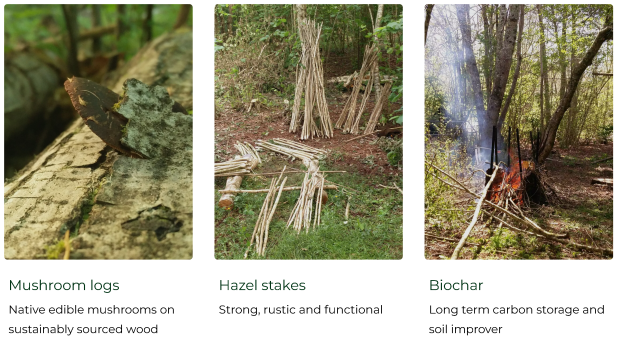
Natural ingredients for homemade laundry products reinforce the concept of creating effective and sustainable linen care solutions from readily available materials.
Water-Saving Techniques:
- Wash Less Frequently: Unless heavily soiled, linens don't need to be washed after every use. Airing them out between uses can help keep them fresh.
- Use Cold Water: Cold water washing is gentler on fabrics and uses significantly less energy than hot water.
- Full Loads: Only wash full loads of laundry to maximize water efficiency.
- Line Drying: Avoid the dryer and embrace the natural drying power of the sun and wind. This not only saves energy but also helps to preserve the fibers of your linens.
When machine washing, use a gentle cycle with a low spin speed to prevent damage to the fabric. Avoid using bleach, as it can weaken the fibers and cause discoloration. For hand washing, use a basin or tub filled with cool water and a small amount of detergent. Gently agitate the linens, rinse thoroughly, and then press out the excess water (avoid wringing).
Air-Drying and Storing for Longevity
Proper drying and storage are essential for maximizing the lifespan of your linens. Air-drying is the most gentle and sustainable method, allowing your linens to breathe and retain their natural softness. Hang your linens on a clothesline or drying rack, preferably outdoors in the fresh air. Avoid direct sunlight for extended periods, as it can fade colors.
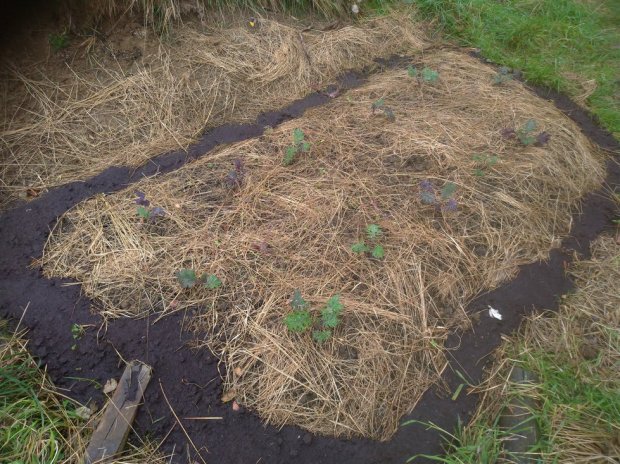
Simple scenes, such as airing garments on a line, evoke the essence of mindful living and appreciation for natural processes in homesteading.
Natural Fabric Softeners:
- Vinegar: As mentioned earlier, adding a cup of white vinegar to the rinse cycle acts as a natural fabric softener and helps to remove any lingering detergent residue.
- Wool Dryer Balls: Toss a few wool dryer balls into the dryer (if you must use one) to help soften fabrics and reduce drying time.
Storage Solutions:
- Short-Term Storage: Store frequently used linens in a cool, dry place away from direct sunlight. Linen closets are ideal, but any well-ventilated space will work.
- Long-Term Storage: For linens you're not using regularly, store them in breathable cotton bags or pillowcases. Avoid plastic containers, as they can trap moisture and lead to mildew. Add a sachet of lavender or cedar to repel moths and keep your linens smelling fresh.
- Folding: To prevent creases from setting, refold your linens occasionally, especially if they are stored for long periods.
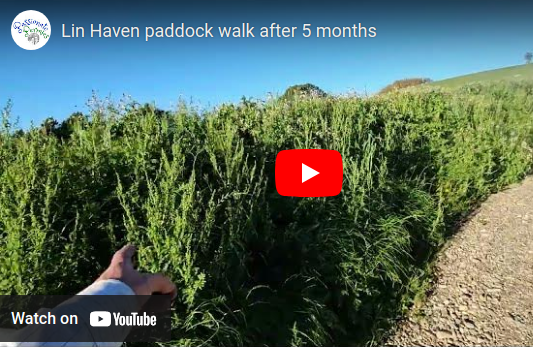
Durable linen clothing can be worn for every activity.
By embracing these simple yet effective practices, you can ensure that your linens remain beautiful and functional for years to come, embodying the spirit of slow living and sustainable living on your homestead. Remember, linen care is not just a chore; it's an act of appreciation, a way to connect with the natural world, and a testament to the enduring beauty of simple, sustainable living.
Now, we'd love to hear from you! What are your favorite linen care tips and tricks? Share your wisdom in the comments below! Let’s build a community of mindful homesteaders who cherish and preserve the timeless beauty of linen.